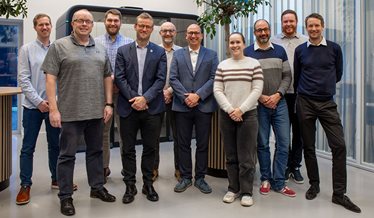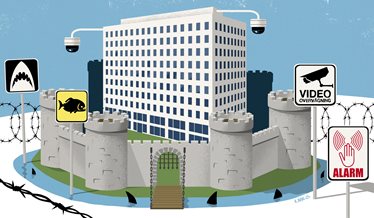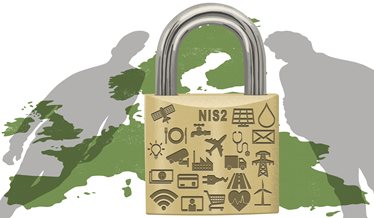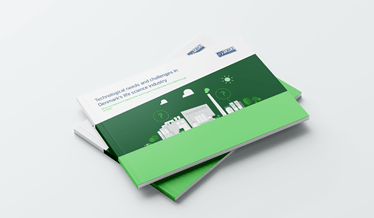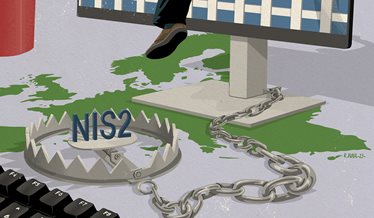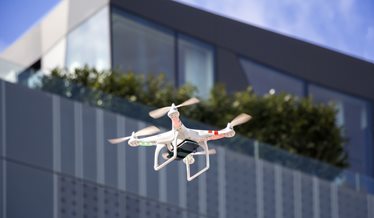CER: Handle incidents effectively with a contingency plan
The core requirement of the CER Directive regarding incident management is to conduct a risk assessment and develop a contingency plan. DBI’s security advisors offer useful guidance.
5 things your business can learn from the power outage in Spain
The power outage in Spain and Portugal in April lasted up to 18 hours. How long – and how well – can your business operate without electricity? DBI’s resilience expert, Jesper Florin, offers valuable advice on emergency planning and strategies for maintaining operations during a power outage.
CER: Find and close the gaps to limit access to your business
The CER Directive on the Resilience of Critical Entities requires that companies within critical infrastructure have adequate physical security. However, the directive doesn’t specify how to implement it. Jesper Florin, head of DBI’s Security and Resilience Department, provides the answers.
New Center to prepare Denmark for an uncertain future
The establishment of Resilience Center Denmark strengthens the development of knowledge and solutions to help companies and organizations meet new demands for increased robustness. The center brings together the efforts of the seven Danish GTS institutes to promote growth and export of resilience technologies – ultimately making Denmark more resilient.
CER directive: Timely diligence reduces risks
Companies within critical infrastructure must prevent incidents, as prescribed by the EU CER directive. Andreas Norstedt, a security advisor at DBI – the Danish Institute of Fire and Security Technology, provides guidance on how to approach this.
NIS2: How to Maintain Operations if a Crisis Strikes
By 2025, companies must comply with the requirements of the EU NIS2 directive. Here, DBI (Danish Institute of Fire and Security Technology) explains how to meet these requirements and what Business Continuity Management (BCM) involves.
CER Directive to strengthen critical infrastructure in the EU
An EU directive aims to improve companies in selected sectors in preventing, managing and recovering from hybrid attacks, natural disasters, terrorist threats and public health crises. The requirements may also include subcontractors.
How to ensure cybersecure products
More and more products are being produced for production lines and control systems with built-in software. But how can you guarantee that your products remain secure against evolving threats?
Use standards to guarantee cyber security in industrial IoT products
Insecure industrial IoT products pose risks ranging from operational disruptions to cyberattacks. Standards help mitigate these risks by providing a structured approach to security. But which standards should you use, and how do they apply to your products?
New report: Green goals and digital demands in Danish life science
Danish life science companies are accelerating green transformation and digitalization, but recruitment challenges could slow this vital progress.
The EU’s new NIS2 Directive has come into force. It tightens the requirements for cyber and information security, and requires a holistic, risk-based approach for companies. Many more companies will now be considered to constitute critical infrastructure due to their role as subcontractors.
Drones: The threat from above
They are difficult to detect and virtually impossible to defend against. Drones have moved into the air space and are forcing a paradigm shift in the way we need to approach security.
Transparency in industrial security systems helps keep critical infrastructure safe
How do you specify cyber security requirements for your industrial management systems regarding access control, software updates and monitoring?




